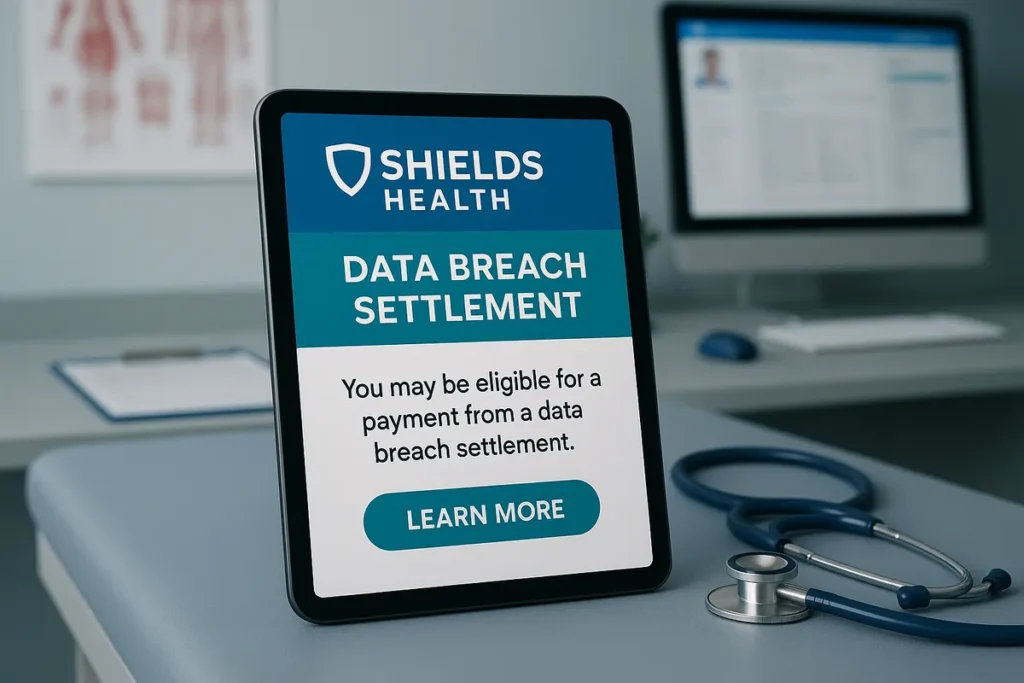One of the most significant developments in healthcare cybersecurity responsibility in recent days has been the $15 million settlement for the Shields data disaster. The hack has significantly changed discussions about digital vulnerability, medical privacy, and institutional response shortcomings, even though it hasn’t ignited cable news or generated trending hashtags. For almost 2 million people, this serves as a stark reminder of how vulnerable personal data security has become, rather than just a legal footnote.

Shields Health Care Group has avoided the judicial drama of drawn-out lawsuit by agreeing to pay out a sizable settlement, but not the harm to its reputation. The plaintiffs claimed that the two-week-long breach in March 2022 was not just the result of bad luck but rather an avoidable malfunction caused by antiquated technology and a worrisomely low cybersecurity posture. The claim that Shields concealed the breach for months, leaving millions of people uninformed and vulnerable to possible identity theft, fraud, or misuse, was especially alarming.
Shields Data Incident Settlement Overview
| Category | Details |
|---|---|
| Incident Name | Shields Health Care Group Data Breach |
| Company Involved | Shields Health Care Group, Inc. |
| Affected Individuals | Over 2 million patients |
| Timeframe of Breach | March 7 – March 21, 2022 |
| Settlement Amount | $15 million |
| Legal Case Reference | In re Shields Health Care Group, Inc. Data Breach Litigation, No. 1:22-cv-10901-PBS |
| Affected Data Types | Names, DOBs, SSNs, medical records, insurance info, diagnosis details |
| Court Location | U.S. District Court, District of Massachusetts |
| Official Site for Details | ShieldsSettlement.com |
| Lead Plaintiffs | James Buechler, Julie Colby, John Kennedy, Sharon Pimental, Cindy Tapper |
This breach could not have occurred at a more delicate moment when viewed through the prism of public trust. Patients are subtly encouraged to trust institutions with their most sensitive information, including insurance identification and diagnoses, in a time when telemedicine use is on the rise and medical records are becoming more digital. That contract was seriously harmed by Shields’ alleged delay in disclosure. This incident made the public wonder how much control they truly have over their digital footprint, strikingly comparable to the well-known Equifax hack where timeliness and openness were equally examined.
Though the differences across tiers create concerns about accessibility and practicality, the payment system has been designed to provide something for everyone affected. Up to $2,500 is available to anyone requesting reimbursement for small losses, such as time spent on account monitoring or customer support. However, the maximum payment increases to $25,000 for people who have demonstrable extreme damages. As an alternative, impacted parties may choose to receive a straightforward, one-time payment of $50. It’s reasonable to wonder if $50 really makes up for the stress and inconvenience of living in a world of digital uncertainty, even though it’s a significant improvement than earlier corporate settlements that just included credit monitoring.
The plaintiffs’ legal team, which included Berman Tabacco as Interim Co-Liaison Counsel, used class action precedent to demonstrate systemic negligence. The primary problem, according to the complaint, was Shields’ inability to implement contemporary cybersecurity procedures; this was not just a failure to thwart the attack, but also a failure to prepare for it beforehand. These days, this legal framework is especially helpful in issues involving data privacy. It is no longer enough for businesses to say they were compromised. The public and courts are now requesting proof of proactive defense.
This situation fits into a troublingly regular trend in the context of prior healthcare-related data breaches, such those affecting Community Health Systems or Premera Blue Cross. Patient data, which is frequently disregarded in favor of financial data, is turning out to be both incredibly useful and extremely vulnerable. These documents capture identities, routines, and private medical histories in addition to financial information. These are considered long-term assets by hackers, especially if they contain family contact details, diagnosis codes, and social security numbers.
The ramifications of the Shields settlement are starting to spread beyond of the courtroom. According to a number of cybersecurity experts, this incident might serve as a warning to midsize healthcare organizations, which generally lack strong IT departments in contrast to large hospital systems. Many people outsource security systems through third-party contractors or strategic alliances without fully comprehending the danger associated. The fact that there are solutions—tools that are incredibly effective at thwarting common cyberthreats—but they are frequently neglected because of institutional lethargy or budgetary priorities is particularly annoying.
Healthcare infrastructures grew even more digitalized during the epidemic, with virtual systems and remote access growing quickly. Regretfully, this change outpaced the security measures required to protect it. When analyzed from this angle, the Shields incident fits within a larger critique of digital transformation that does not include corresponding investments in digital defense. Testimony and statements from cybersecurity experts make this glaringly clear, pointing out that ransomware groups commonly target these kinds of institutions since they are regarded as soft targets.
These data breaches also affect how patients interact with healthcare on a cultural level. Trust is a practical currency in addition to an emotional one. The entire system is damaged if people put off getting care because they are afraid that their personal information can be exposed. Patient advocacy organizations have often observed a decline in engagement after high-profile data breaches, so this is not just conjecture. Because customers are increasingly putting privacy above digital convenience, this mistrust presents an existential risk for early-stage healthcare firms.
Rebuilding credibility is the next step for Shields. Even though a lawsuit may be closed, the public’s memory rarely follows the same calendar, especially in the digital age. Without a doubt, the case will be cited in corporate boardrooms, cybersecurity briefings, and scholarly publications. It became a warning about the consequences of deprioritizing prevention, not because it was the greatest breach.
